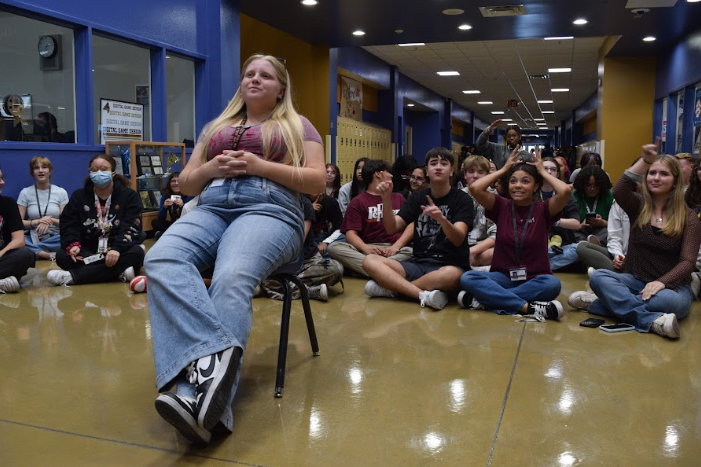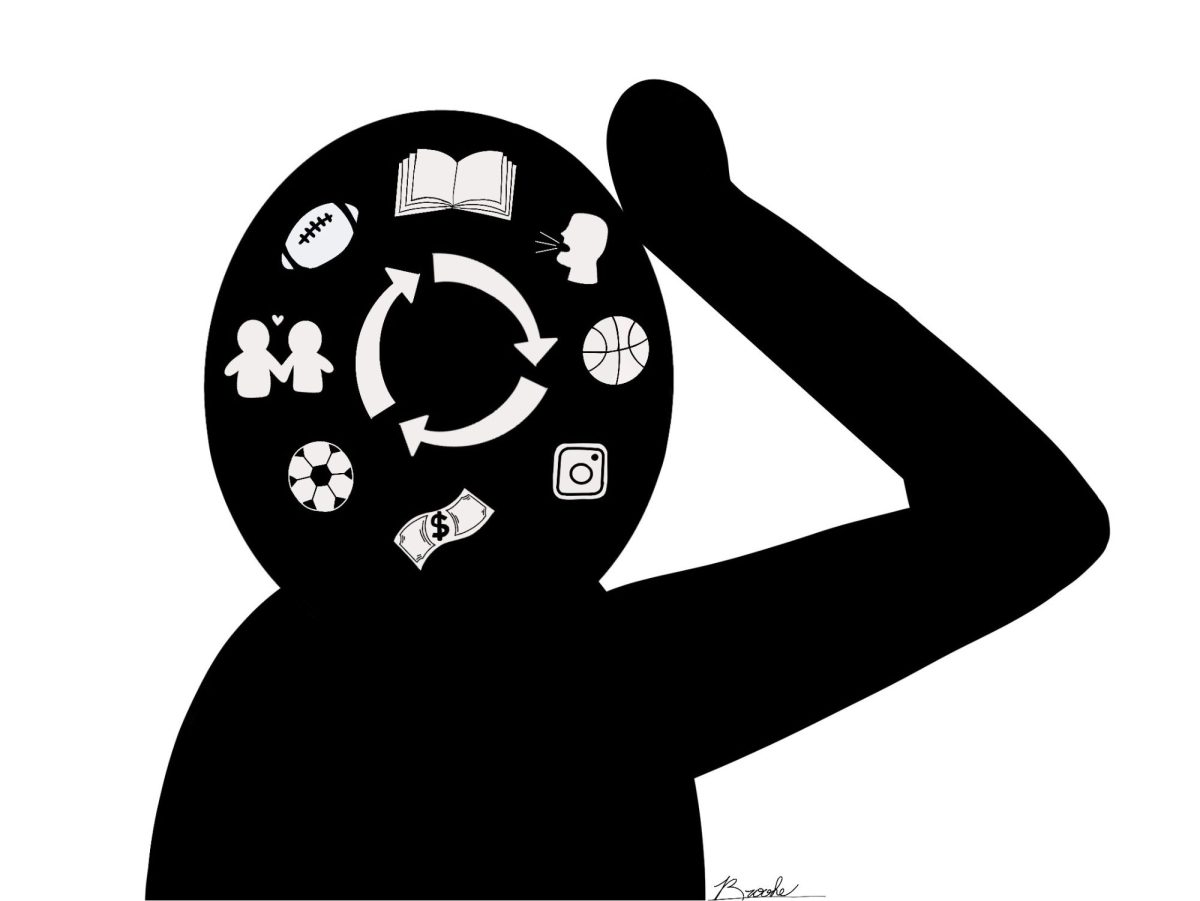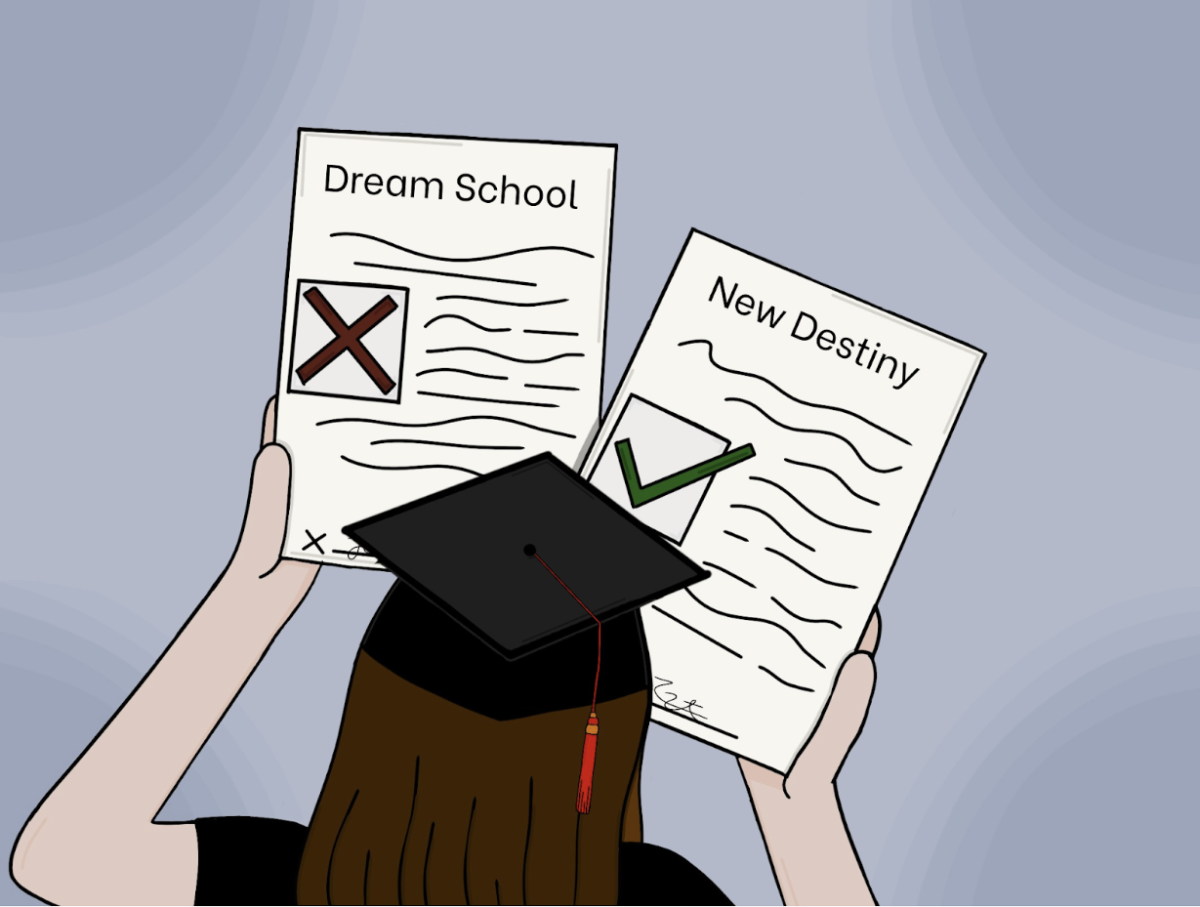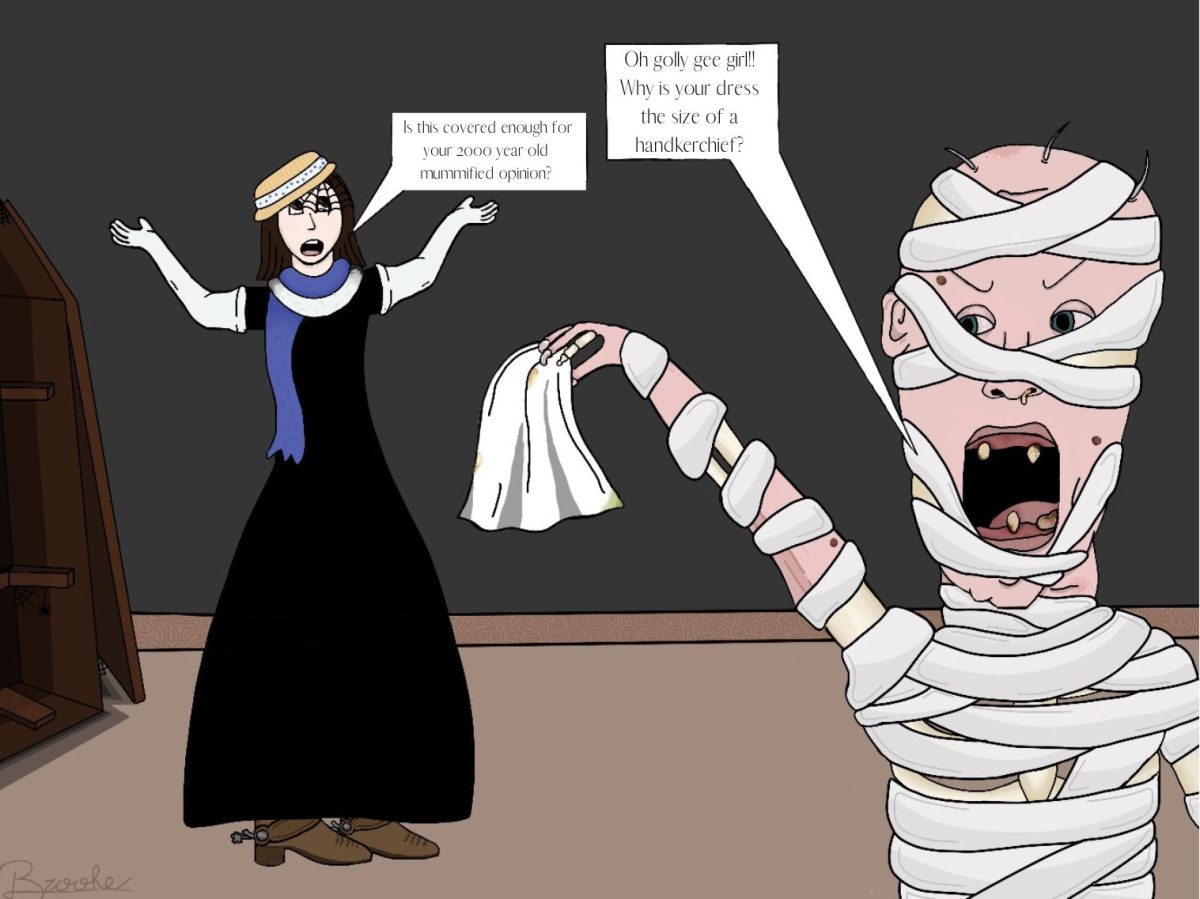It’s groundhog’s day: Plans for in-person learning have been scrapped, and students will continue online learning as COVID-19 cases skyrocket.Photo Credit: Gurleen Swaich
A hopeful school board was planning on voting for this hybrid model at the meeting last Thursday, but a decision has been made-schools will be closed for the rest of this calendar year. Following the closing of schools for the last few months of the 2020 school year, and the highly probable continued shut down in the early months of the 2021 school year, students were expected to return for a “hybrid” model sometime in December, where most students would return to in-person learning part time.
Unfortunately, a “second-wave” of skyrocketing COVID-19 cases in the state has complicated the matter of returning to schools, leading to the decision to continue digital learning, and the postponing of the vote until at the earliest sometime in January 2021. The move is still a little dicey, with concern about future operations and education arising from the decision.
While the lack of certainty over the future is frustrating, make no mistake that continuing to keep classes online is the correct choice. Nevadans hadn’t expected a surge in coronavirus cases during November, and with no sense of certainty on how it may fluctuate in the coming winter months, implementing any sort of plan now is irrational. If people want students to return to in-person schooling safely-and there’s adequate reason for that, given the negative effects that online school has had on students-then we’re going to need evidence-based solutions to slow the spread of the virus.
For one, there are a multitude of reasons why we can’t go back to school with COVID-19 cases surging. It’s practically impossible for teachers and administrators to enforce rules on distancing and masks while in school. There are far too many (often mischievous) students who refuse to wear masks for the sake of safety. These staff members already have arduous and difficult jobs, so it’s unreasonable to burden them with inspecting every nook and cranny of schools to check if students are maintaining several feet of distance with each other, and not taking off their masks to make out with their partners. The country already has scandals of students breaking social distancing guidelines to party with their friends, and we don’t need a dozen stories like that a week.
<iframe class=”wakeletEmbed” width=”100%” height=”760px” src=”https://embed.wakelet.com/wakes/X295saofAB_3fDbO7xVMD/list” style=”border: none” allow=”autoplay”></iframe><!– Please only call https://embed-assets.wakelet.com/wakelet-embed.js once per page –><script src=”https://embed-assets.wakelet.com/wakelet-embed.js” charset=”UTF-8″></script>
Secondly, there are several students that are more at risk than others. Although there are plenty of people that point to the low COVID-19 mortality rates among young people, children may have specialized and pre-existing conditions that prevent them from being able to combat the virus, such as asthma or obesity. There are those that contend that parents who don’t want their kid to get sick should just stay in cohort C, but the reopening of schools may still inadvertently affect them by increasing the spread of COVID-19 outside the high school.
This doesn’t just apply to children with pre-existing conditions, but to teachers and adults too. As implied before, adults are at a higher risk than children. If a child comes back from school with the virus, it could affect their parents, grandparents or frankly anyone who may be at a higher risk in the household. Teachers becoming infected would also be a moral travesty, and also imposes the risk of having a shortage of teachers, if in the event that several teachers get infected due to the requirements of interacting with dozens of students in a single day.
While the hybrid plan includes precautions to prevent infection, earlier studies have suggested that almost 99% of infected children were asymptomatic, meaning they demonstrated little or no symptoms to suggest they were infected. This means that schools have close to no chance of knowing if one of their students is walking around campus with COVID-19, making it even more dangerous, due to the unpredictability of the virus itself.
In order to safely return, we need a lockdown-and one that goes much further than anything we’ve seen so far. A stringent lockdown would allow for the crushing of active cases in order to allow people to return to in-person schooling. A good model of this would be Italy, which likely had the most comprehensive and strictest lockdowns nationally. Though the US likely wouldn’t be able to enforce something like this, individual states like Nevada can, and should.
Would such a solution be difficult for people to swallow? Yes. But that’s why we need supplementary aid from the federal government, such as additional stimulus packages or personal protective equipment (PPE). No one thinks that something like this would be ideal, but it’s the best of the awful options.
On that note, “best of awful options” aptly describes many of the decisions we’ve had to make these past eight months. There’s no easy solution for COVID-19, just as there’s no easy solution to get kids back to school. A smart, deliberate and careful approach with the heavy input of scientific experts must be taken in order to achieve the best outcomes for everyone. Let’s keep to our houses, and the school board shouldn’t encourage us to do otherwise until the virus is out of control, because then maybe we’ll be able to get back to class. After all, no one wants to tell their grandkids stories about their first “Digital Prom.”

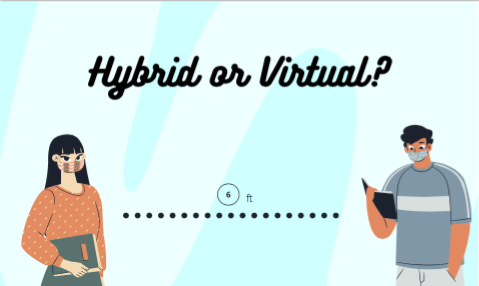
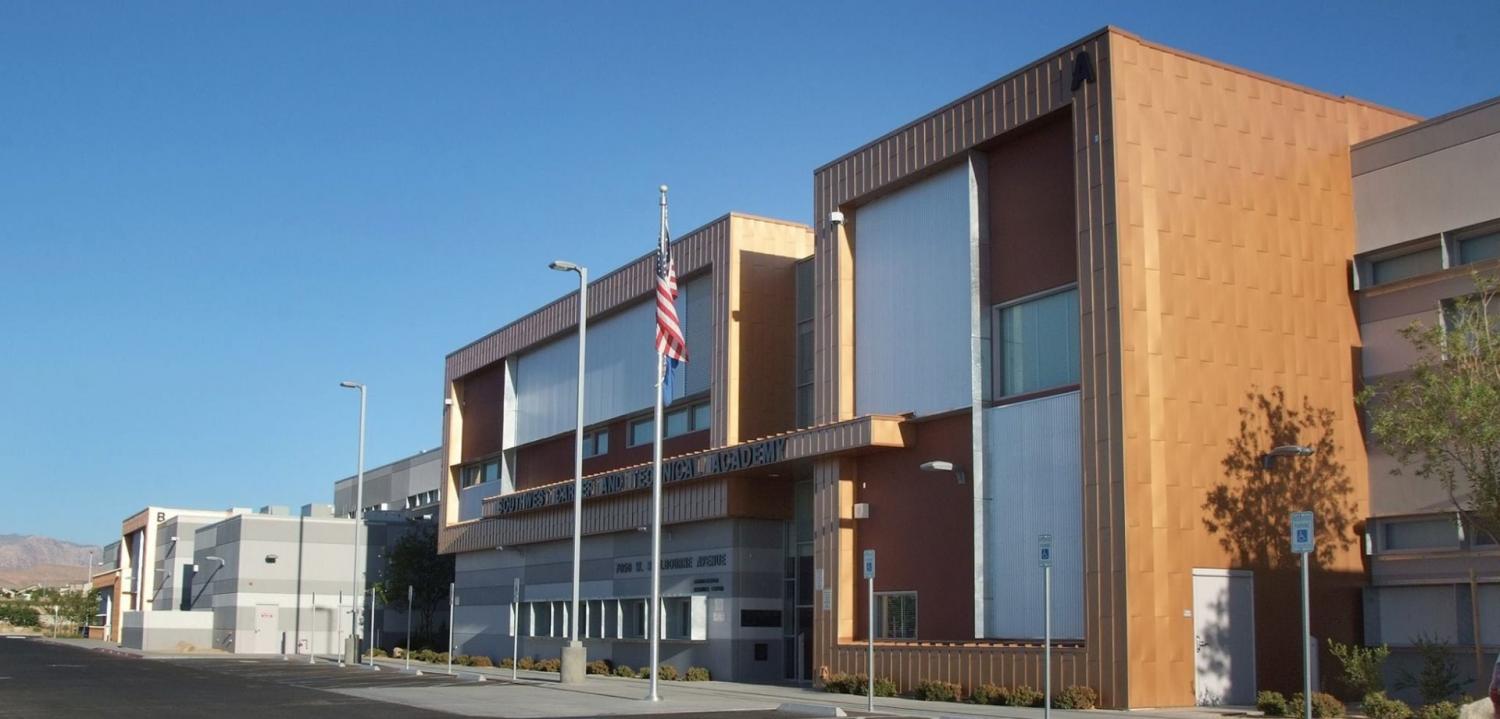
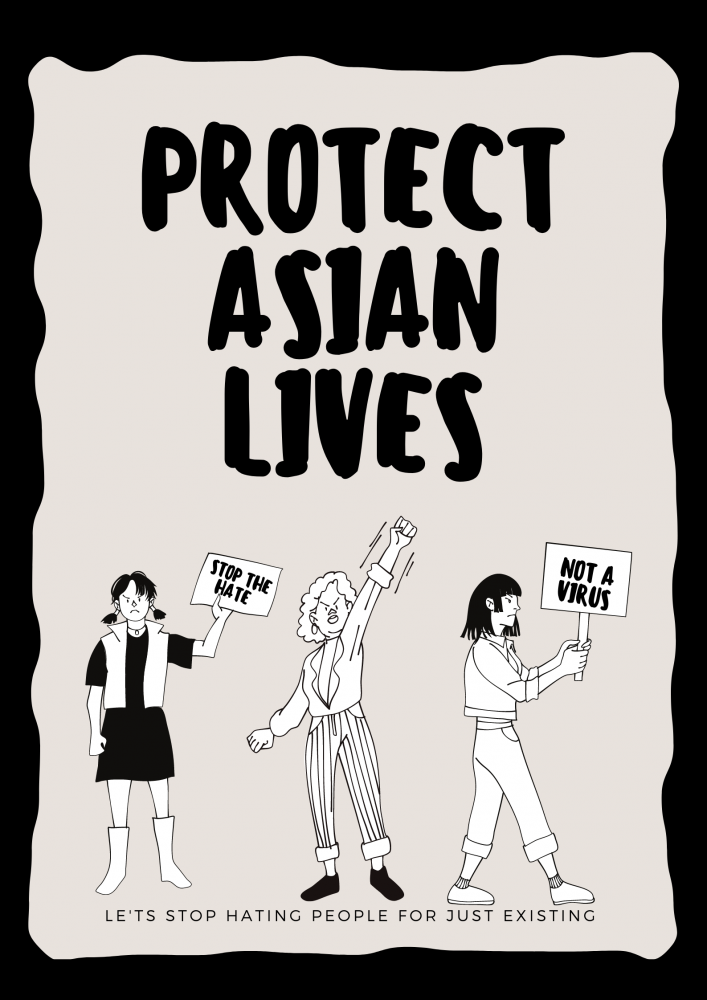
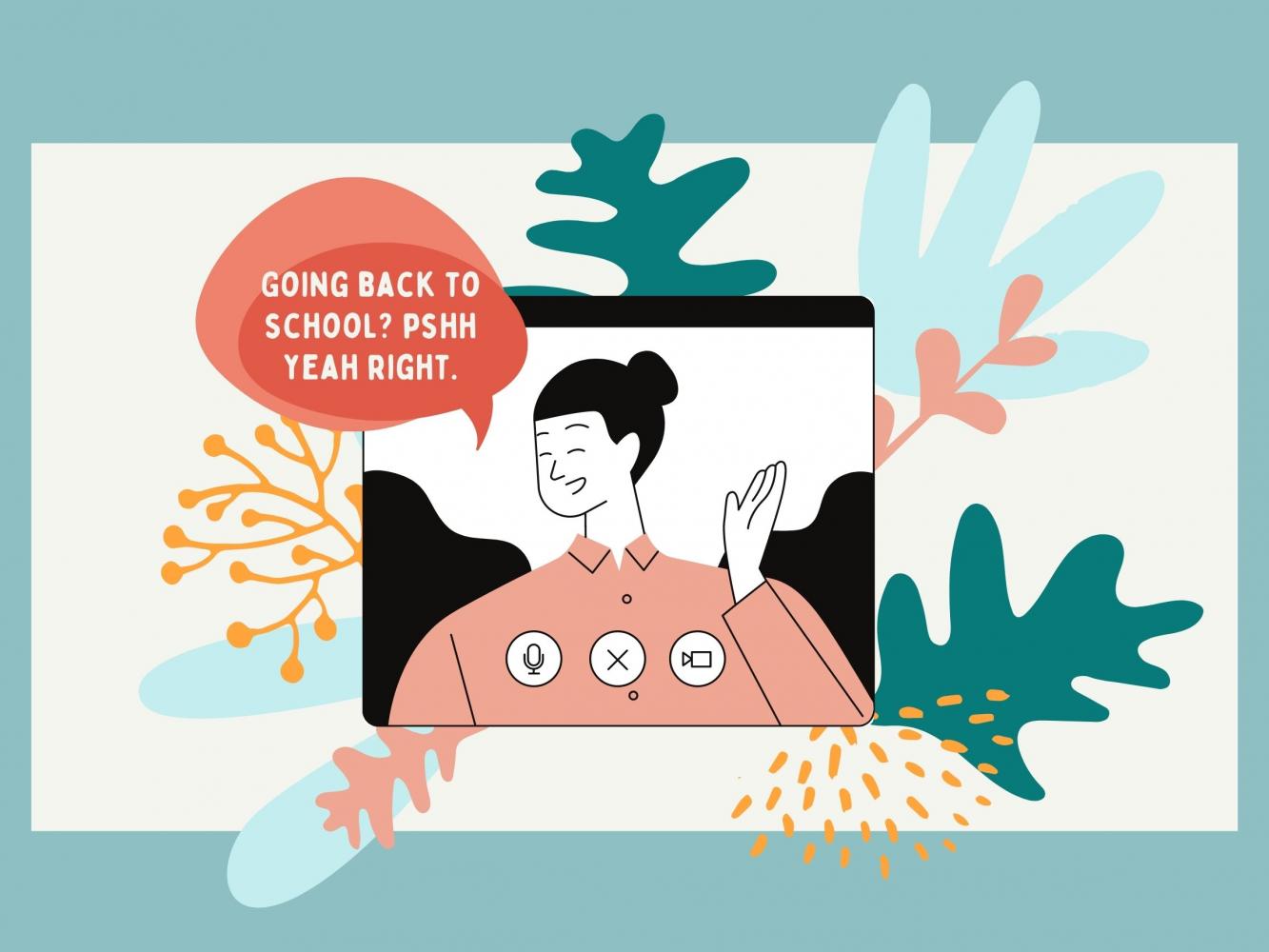
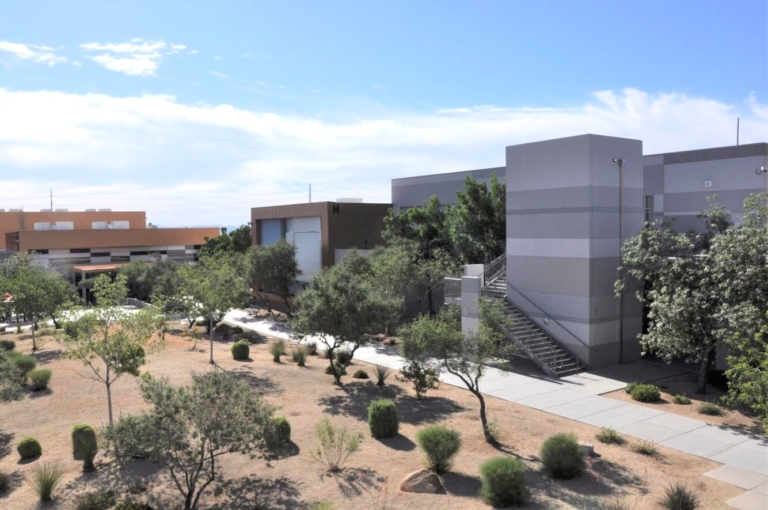
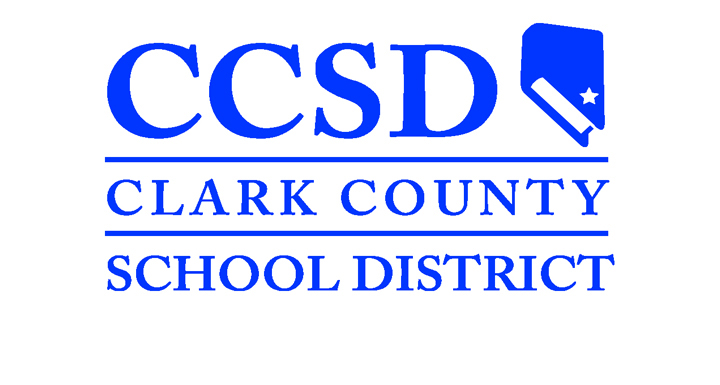
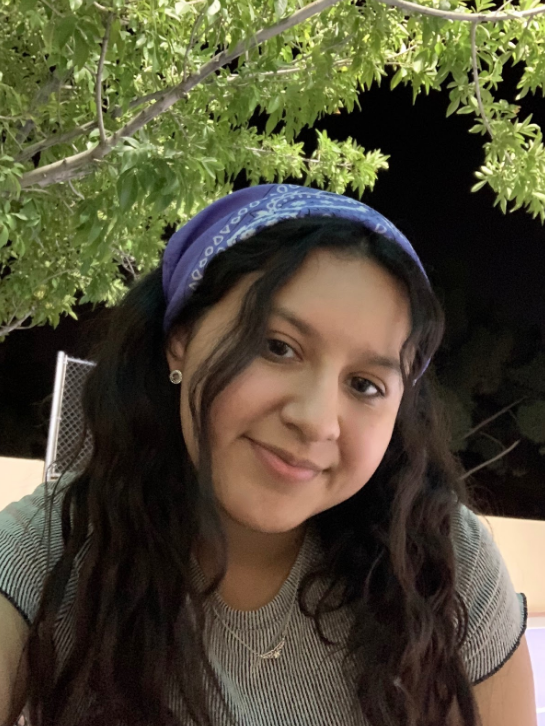
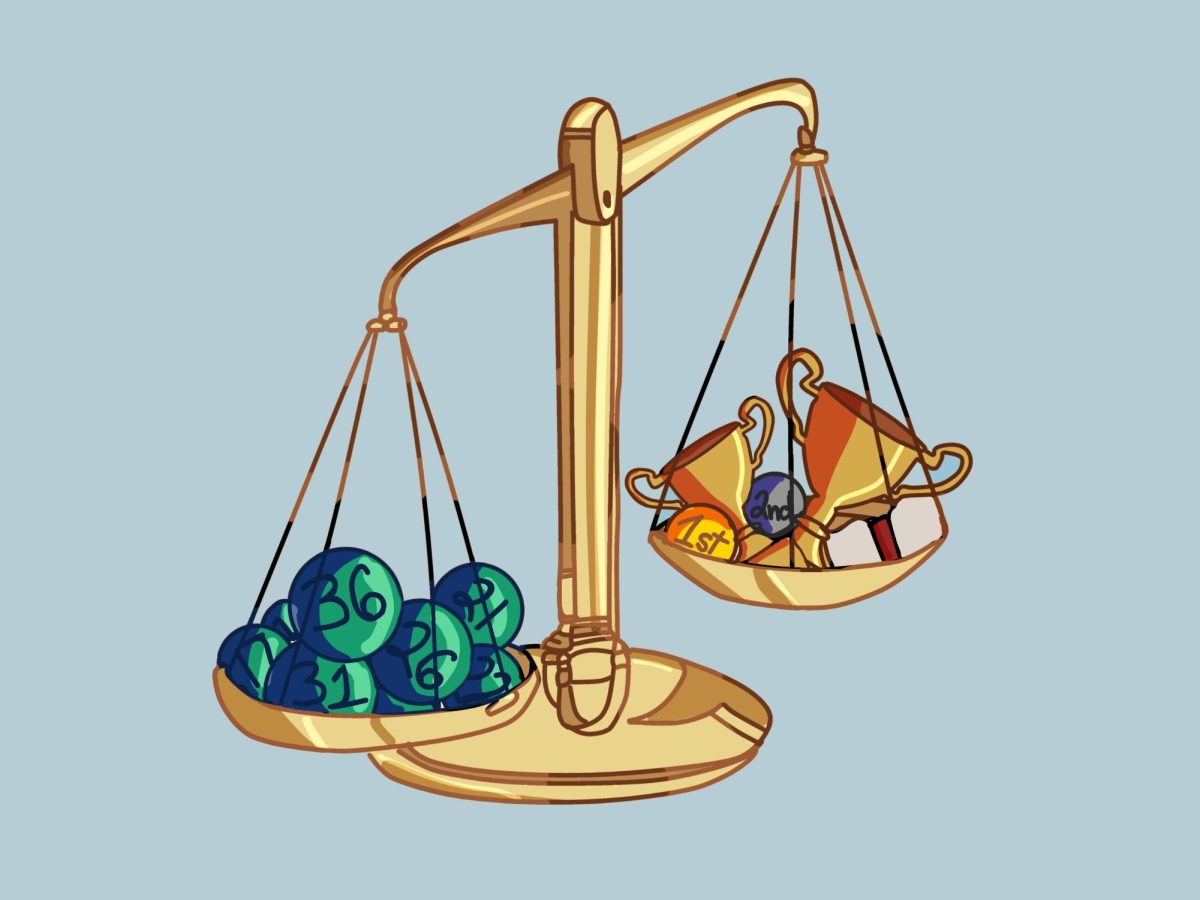

![Weighing her options, senior Allyana Abao decides between going on a practice drive or calling an Uber. Though unlicensed, Abao has considered driving to be a significant milestone of teen independence despite alternatives that provide much easier solutions.
“You're able to be independent and not rely on others,” Abao said. “You're able to get a job, get things that you need, go places you need to go. I have so many places that I want to go to and I ask [my family] for so much. I want to be independent to where they know that I can do things on my own, so they know that they don't have to be there for me.”](https://southwestshadow.com/wp-content/uploads/2025/10/IMG_2922-1200x900.jpg)
![Looking at the board, former BSU secretary Christina Altaye begins to prepare for BSU’s second year of Club Feud. This year, “Are You Smarter Than a Ninth Grader?” will be replacing this event. “I think it’s a fun change [to Club Feud],” BSU Activities Director Hellen Beyene said. “[I think] it’s always fun to do something new and different.”](https://southwestshadow.com/wp-content/uploads/2025/10/Screenshot-2025-09-29-11.06.43.png)

